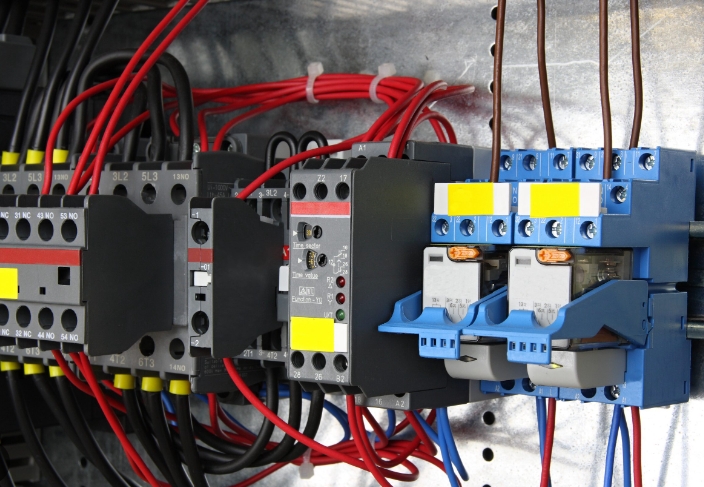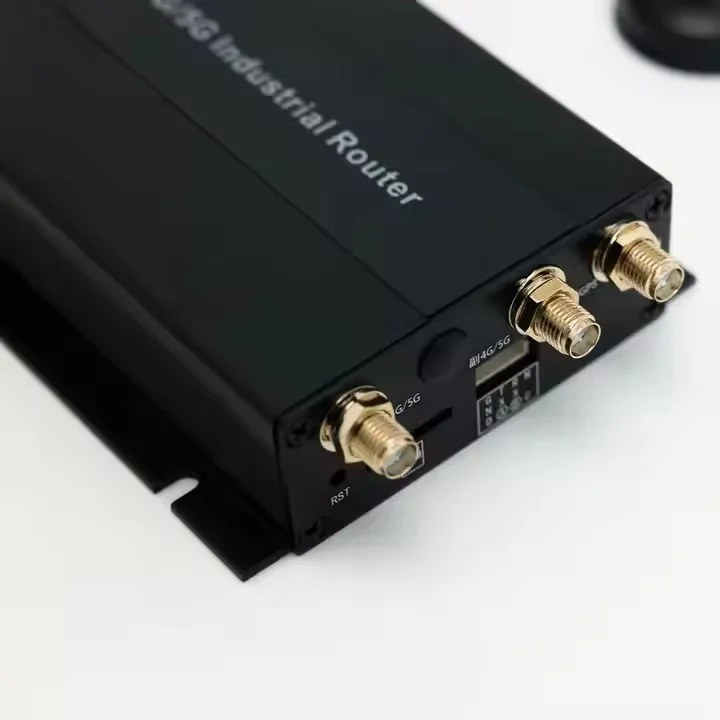In the world of electrical engineering, the choice between using a fuse or a relay is a critical decision that can greatly impact the performance and safety of a system. While both components serve the purpose of protecting electrical circuits, they are designed for different applications and possess distinct advantages and limitations. In this blog post, we will delve into the reasons why we cannot simply replace relays with fuses, exploring the technical aspects, practical considerations, and the implications for system reliability and functionality.
- Understanding the Functionality of Fuses and Relays:
Fuses are passive devices that protect electrical circuits by interrupting the flow of current when it exceeds a predetermined threshold. They act as sacrificial elements, melting under excessive current conditions to prevent damage to the circuit. On the other hand, relays are electromechanical switches that control the flow of current in a circuit. They provide a reliable means of isolating and controlling high-power circuits, ensuring proper functioning and protection. - Precision and Control:
One of the key reasons why fuses cannot replace relays is the lack of precision and control. Relays offer the ability to switch circuits on and off with precision timing, allowing for complex control strategies and automation. In contrast, fuses are passive devices that cannot provide the same level of control, making them unsuitable for applications that require precise circuit switching or protection. - Overload Protection:
While both fuses and relays offer overload protection, they differ in their response time and resetability. Fuses typically have a slower response time, as they need to melt and physically interrupt the circuit. Once a fuse blows, it needs to be replaced manually. Relays, on the other hand, can respond quickly to overload conditions and can be reset automatically, minimizing downtime and improving system reliability. - Fault Detection and Troubleshooting:
Relays play a crucial role in fault detection and troubleshooting. They can monitor various parameters, such as voltage, current, and temperature, and provide feedback to the control system. This enables rapid identification of faults and facilitates efficient troubleshooting. Fuses, being passive devices, lack this capability, making it more challenging to diagnose and rectify issues in a timely manner. - Flexibility and Adaptability:
Relays offer greater flexibility and adaptability compared to fuses. They can be easily integrated into complex control systems, allowing for customization and expansion. Relays also provide the ability to switch different types of loads, such as motors, lights, and solenoids, with varying voltage and current requirements. Fuses, on the other hand, have limited flexibility and are primarily designed for circuit protection.
Conclusion:
In conclusion, while fuses and relays both serve important roles in electrical circuits, they are not interchangeable. Relays provide precise control, overload protection, fault detection, and flexibility, making them indispensable in various applications. Fuses, on the other hand, are limited to providing basic circuit protection and lack the advanced functionality and control offered by relays. Understanding the differences between these components is crucial for designing reliable and efficient electrical systems.









+ There are no comments
Add yours